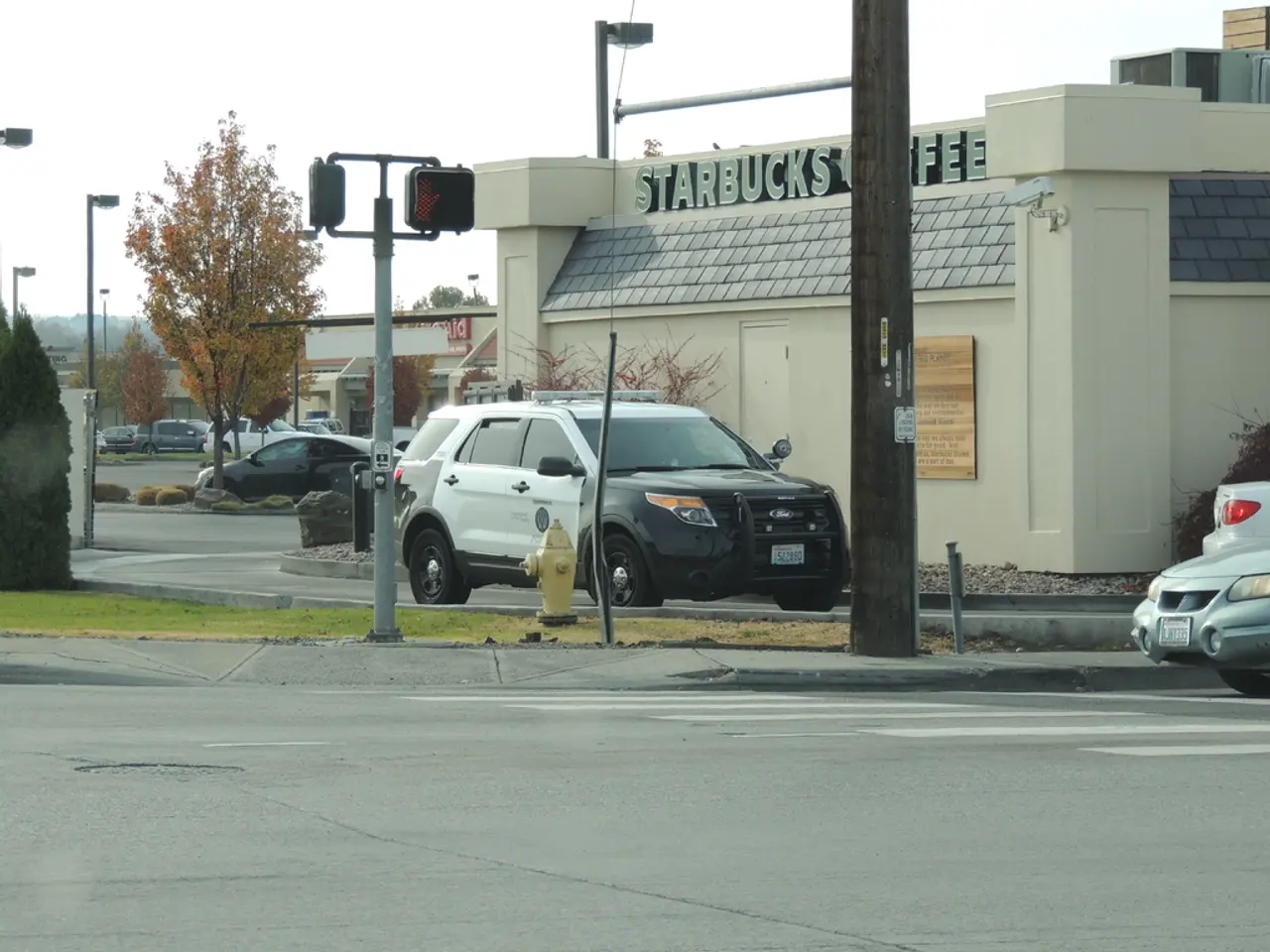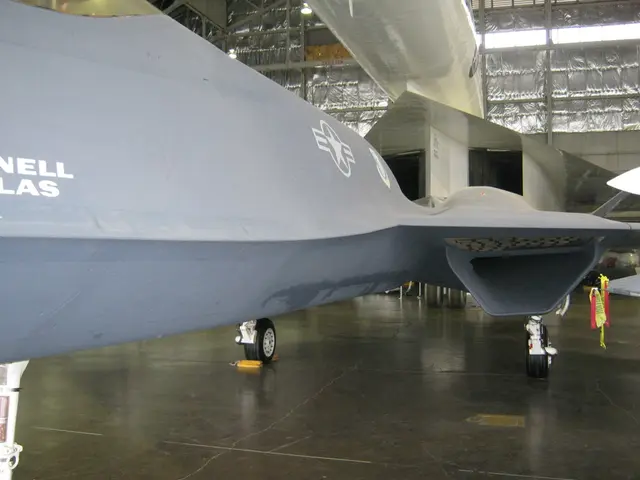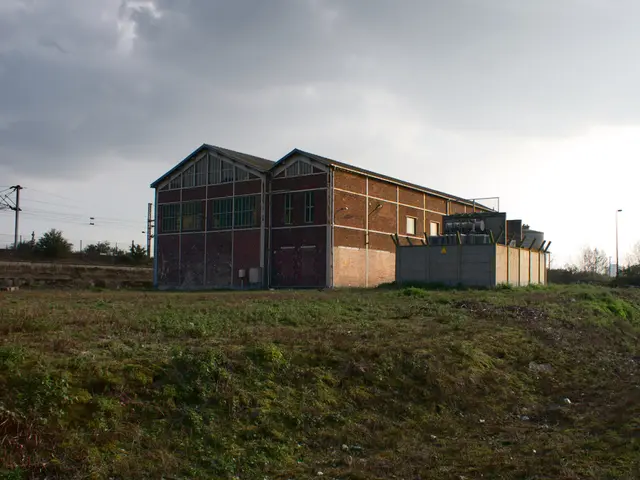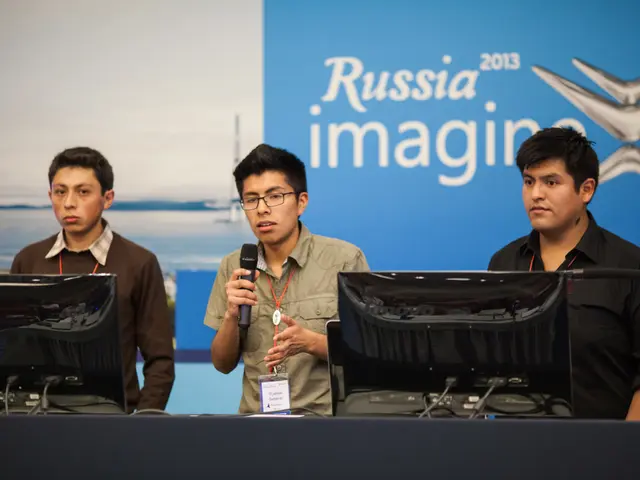Examining the Inner Workings of the Sixth-Gen Waymo Autonomous Driving System
Waymo, the autonomous ride-hailing service subsidiary of Alphabet Inc., is making waves in the self-driving car industry. The company is competing with the likes of Uber and General Motors' Cruise, and its latest advancements are set to shake up the market.
After amassing over 20 million miles of real-world driving data and 20 billion miles in simulation data, Waymo is poised to expand its autonomous ride-hailing service to other major cities. The company has already announced its plans to broaden its service in Silicon Valley, starting with tests at San Francisco International Airport (SFO).
The sixth-generation Waymo Driver, unveiled by the company, offers a significantly reduced cost without compromising safety. This new autonomous driving sensor suite has completed thousands of miles of real-world testing and millions more miles in computer simulation. The system uses high-resolution maps, cameras, lidar, and radar to monitor the environment and safely navigate autonomously.
One of the key features of the sixth-generation Waymo Driver is its flexibility. Designed to be adaptable, the system allows Waymo to swap out components and other sensors to match the specific needs of each operating environment. The new sensor suite offers a 360-degree field of view and can identify objects up to 500 meters away, even in darkness or poor weather conditions.
However, the sixth-generation Waymo Driver has not been without its challenges. In June, Waymo recalled 672 vehicles due to a potential failure of the system to avoid poles or similar objects. The recall was for the fifth-generation system with software versions that have since been updated.
Despite this setback, Waymo is forging ahead. The company's co-CEO, Tekedra Mawakana, recently announced that Waymo is providing 100,000 paid rides per week. Waymo One, the company's autonomous ride-hailing service, is now offering driverless rides to paying passengers in San Francisco, with plans to expand to other major cities.
Meanwhile, rival companies are also making strides in the autonomous vehicle sector. Tesla, for instance, continuously collects data from its vehicles to advance Full-Self Driving and Autopilot. As the race for autonomous vehicles heats up, it remains to be seen who will take the lead.
Read also:
- MRI Scans in Epilepsy Diagnosis: Function and Revealed Findings
- Hematology specialist and anemia treatment: The role of a hematologist in managing anemia conditions
- Enhancing the framework or setup for efficient operation and growth
- Hydroelectric Power Generation Industry Forecasted to Expand to USD 413.3 Billion by 2034, Projected Growth Rate of 5.8% Compound Annual Growth Rate (CAGR)








